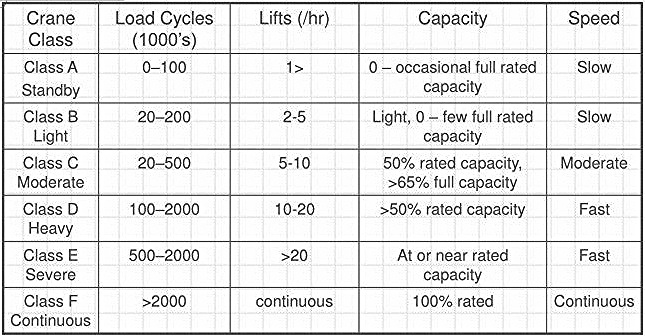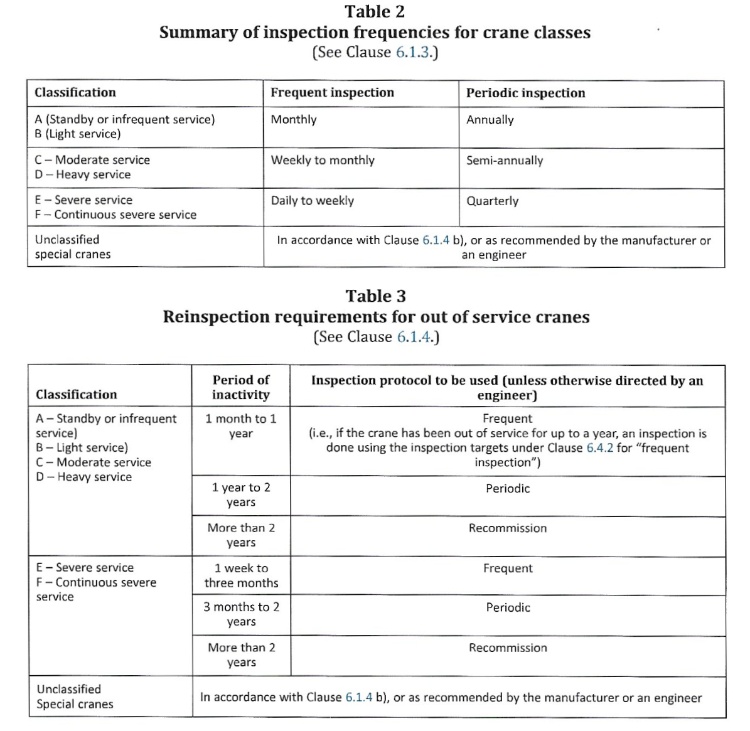Your cart is currently empty!

Electric Hoists Pros/Cons
PROS/CONS of Electric Hoists
What is an Electric Powered Hoist?
Probably the most popular type of powered hoists, electric chain hoists can be found in shops and factories worldwide. They are available in 1/8 ton all the way up to 100 ton capacities. Electric hoists utilize an electric motor to turn the hoists internal gearing which in turn raises or lowers the load connected to the load chain. The clockwise or counterclockwise rotation of the drum is controlled by the operator’s use of a pendant control featuring up and down buttons as well as an optional emergency safety stop. The Electric motors found in hoists more often than not utilize either 220/440v or 230/460v voltage and typically require a hard wire type connection. However, some of the lighter duty shop hoists operate on 110v and can actually be plugged right into a household style electrical wall outlet. Electric hoists are quite economical, but are limited in their use by what is known as its duty cycle. Every electric motor requires a certain amount of rest after a period of use. Disregarding the duty cycle ratings of an electric motor will result in premature motor failure and costly repairs. With that being said they can still provide a long service life when used in accordance with the manufacturers operating instructions combined with proper maintenance.
Pros
Higher Durability: Electric type hoists can serve you for several years if well maintained. A regular inspection schedule helps to keep the machine in good shape, especially when frequently used. Both manual and hydraulic hoists are subject to a high rate of wear and tear. Manual hoists are highly mechanized in their structure and functioning. Hydraulic hoists are prone to air leaks caused by broken seals which call for regular maintenance work. Both the manual and hydraulic hoists incorporate a higher quantity of moving parts in their assembly such as swivels, gears and pivots. This involves more frequent maintenance to keep the entire unit in good working condition. Repairs can be quite extensive on these machines which add to overall costs.
Versatility: Electric lifting devices give you more versatility as you work. They allow you to lift heavy loads vertically as well as pull the load sideways. Some hoists only allow vertical movement. However, jobs tend to vary and sometimes it becomes necessary to move loads sideways. Rather than investing in 2 separate machines to get things done, it is more cost-effective to get one machine that has more features. The electric hoist offers you both vertical and horizontal movement which adds to its functionality.
Less Noise: The noise generated by an electric machine during operations isn’t as high as that created by the hydraulic and manual hoists. This makes for a more comfortable working environment. If you routinely have to work with a hoist, the electric type will be kinder to your ears.
Pendant-Free Operation: With an electric hoist, you are able to install a remote control system. This allows the operator to lift and lower heavy loads from safe distances using the remote transmitter. Increasing operator confidence, as well as lowering the potential for incidents.
Small Footprint for Tight Spaces: Being powered by electricity, you will not need to install big compressors and piping to power your hoist. Sufficient power source and a few cables are much more appropriate for smaller environments with tight spaces.
Maintenance: Even if your hoist is not being used daily, a quick visit from a certified crane technician annually is all you need to keep your hoist in tip top shape. If there are repairs to be done, electric hoist parts are much easier to come by and are more common than its pneumatic counterpart.
Power Supply: Power loss can happen at anytime, so having an electric hoist, you have the option of using a generator to supply backup power. This comes in handy especially when in emergency applications. The load can still be lowered safely while the main power is being fixed.
Cons
Electric Shock: Electricity cannot be seen, therefor electric shock can happen if someone is lacking the proper training. Always make sure the person that is working on an electric hoist is properly trained with the correct certifications prior to doing work.
Duty Rating: Electric hoists can be used in a variety of applications and come in numerous types and configurations, but are limited by duty cycle and can’t run continuously. The electric motor in the hoist requires a cooling-off period in between uses to ensure that the motor doesn’t overheat.


according to CSA B167-16

